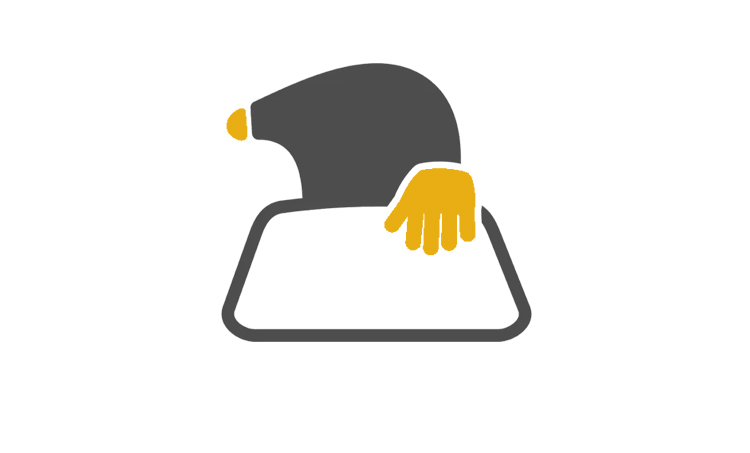New Guidance on Childhood Bone Cancers Aims to Improve Early Detection for Better Outcomes
Wednesday 8 October, 2025 – The Children & Young People’s Cancer Association (CCLG) has launched a new campaign, Child Cancer Smart, with the goal of saving “lives and limbs” by helping healthcare professionals recognize warning signs of childhood bone cancers earlier. This comes after research showed that long waits for diagnosis can have a significant impact on treatment outcomes.
Child Cancer Smart is a comprehensive public and professional awareness campaign that aims to shorten diagnosis times for children and teenagers with cancer. The campaign is updating and strengthening guidance for healthcare professionals across the country, with new guidelines and resources planned for each of the main childhood cancer types. The resources released today specifically focus on helping GPs and other healthcare professionals recognize and diagnose bone cancer faster in children under the age of 18.
These resources have been developed based on thorough research, including the Childhood Cancer Diagnosis Study led by the University of Nottingham. This study investigated the referral and diagnosis pathways of nearly 2,000 UK children and teenagers diagnosed with cancer between September 2020 and March 2023. The study found that bone tumours had the longest times to diagnosis, with only 50% of children and young people being diagnosed within 12 and a half weeks. This is significantly longer than the average time it takes to diagnose other childhood cancers.
Dr Shaarna Shanmugavadivel, a paediatric emergency medicine doctor and CCLG Child Cancer Smart Research Fellow at the University of Nottingham, explained that “bone tumours took an average of two and a half months longer to diagnose compared to kidney cancer, which had the shortest time to diagnosis.” This delay in diagnosis can have serious consequences, as early detection of bone tumours is crucial for both life-saving and limb-saving treatment.
Dr Tim Ritzmann, Honorary Consultant Paediatric Oncologist at Nottingham University Hospitals NHS Trust and clinical lead for Child Cancer Smart, emphasized the impact of late diagnosis on treatment outcomes. He stated that “late diagnosis may result in more radical surgeries as tumours may grow bigger and spread. Earlier treatment could result in better outcomes, preventing amputations and improving survival from this type of cancer.”
Child Cancer Smart’s new support for professionals, accessible through the CCLG website, includes updated referral guidelines, a decision-support tool, and a comprehensive list of the most common bone cancer symptoms. Ashley Ball-Gamble, Chief Executive of CCLG and co-author of the Childhood Cancer Diagnosis Study, explained the importance of these resources in expediting the diagnosis process. “Every week matters when it comes to diagnosing bone cancer, so our aim is to make that process as straightforward as possible,” she said.
In addition to the clinical guidance, Child Cancer Smart has also published resources for the public, which highlight the top symptoms of bone cancer and encourage families to seek medical advice if they have concerns. This is especially important for teenagers and young adults, as the Childhood Cancer Diagnosis Study found that this age group struggles to get speedy diagnoses.
One of the key reasons for this delay in diagnosis is a lack of awareness about childhood cancer and its symptoms. Olly Liddle, now 20 years old and a fitness instructor, was diagnosed with osteosarcoma at the age of 13. He credits his GP’s swift action with potentially saving his life. “Cancer was the last thing I thought my injury could have been,” he said. “However, my cancer was found to be extremely aggressive. If I hadn’t been sent for an X-ray right away by my GP, the situation could have deteriorated, and I may not be here now.”
Olly’s experience highlights the life-saving impact of early referral. However, as Child Cancer Smart stresses, every week matters. Even with a quick diagnosis, Olly underwent a leg amputation, which thwarted his ambition of playing professional rugby. Nicola Shilton, mother of Oliver who was diagnosed with Ewing sarcoma at the age of 10, also emphasizes the importance of early diagnosis. “A quick diagnosis is so important, especially for childhood cancers,” she said. “Even though we feel that Oliver’s cancer was caught as early as possible, it had already started to spread. This significantly increased his chances of relapse and meant some of the treatment options were no longer viable.”
While Oliver’s parents were grateful for how the healthcare professionals managed their concerns throughout the diagnosis, Nicola noted that other parents had a “harder time.” She hopes that Child Cancer Smart can speed up diagnosis for all families, stating that “more people being aware of childhood cancer symptoms means that more children have their cancers caught sooner – and so hopefully have a greater chance of survival.”
Information on bone cancer and Child Cancer Smart can be found on CCLG’s website at https://www.cclg.org.uk/bone-tumours.


